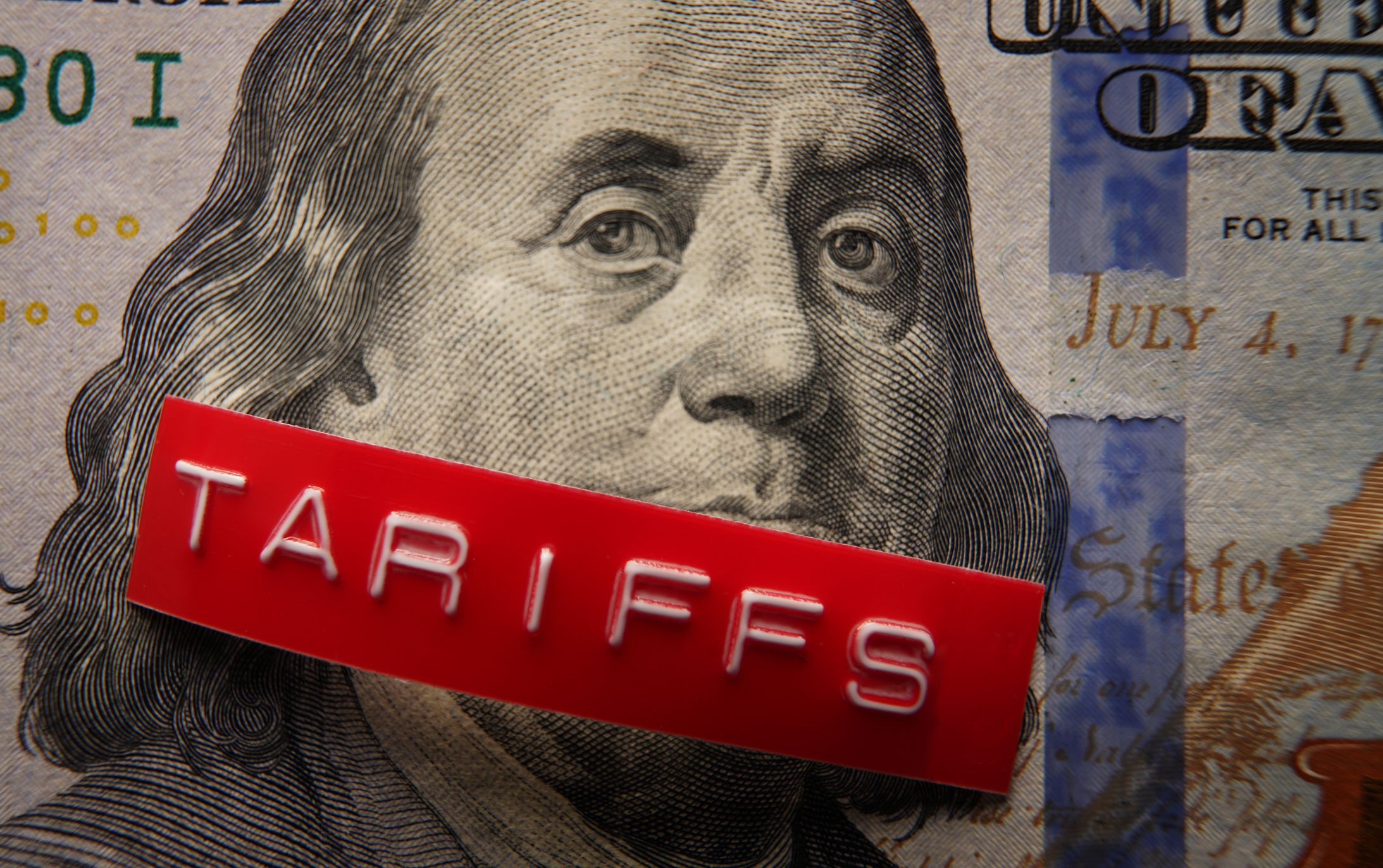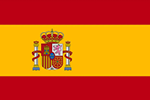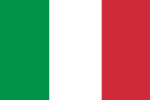United Kingdom
The Bank of England finally made its move this week, cutting interest rates by 0.25% to 4.00% – the first cut in over three years. Governor Sarah Breeden was careful not to sound too excited, calling it a “recalibration rather than a reversal”, but the market saw it as a clear signal: the rate-cutting cycle has begun.
Equity markets welcomed the shift, with the FTSE 100 climbing on Thursday and holding gains into the weekend. The pound lost a little ground against the dollar as traders priced in further easing.
On the political front, Labour’s plans for fiscal reform are becoming a little clearer – though not yet official. There’s growing speculation around changes to capital gains tax and a possible wealth tax aimed at high-net-worth households. That’s sent estate planners and wealth managers into overdrive.
Meanwhile, UK consumers are still spending – just. Retail sales rose 0.4% in July, helped along by travel, festivals, and the very British urge to make the most of fleeting sunshine.
United States
All eyes were on the July jobs report last Friday, and it surprised on the downside: just 142,000 new jobs were added, well below expectations. That immediately lit a fire under the idea of a September Fed rate cut, and equity markets took full advantage, with the S&P 500 hitting a fresh all-time high midweek before settling slightly lower on Friday.
The dollar firmed slightly on Friday but was heading for a weekly fall as U.S. President Donald Trump’s temporary choice for a fill-in Federal Reserve governor stoked expectations for a dovish pick to replace chair Jerome Powell when his term ends.
The yen was a touch weaker on the day against the dollar, which fell 0.31% to 147.560 yen. The dollar also rose 0.25% against the euro to $1.163775 and strengthened 0.29% against the Swiss franc to 0.80840 francs.
As concerns over softening U.S. economic momentum, especially in the labour market, boost hopes of Fed rate cuts, the dollar was down 0.6% on the week so far, against a basket of peers. On the day the dollar index was up 0.1% at $98.15.
Markets are focused on Trump’s nomination of Council of Economic Advisers Chairman Stephen Miran to fill a newly vacant seat at the Fed, while the White House seeks a permanent occupant. Miran replaces Governor Adriana Kugler following her surprise resignation last week.
Trump’s scathing attacks on Powell and the likelihood of a dovish pick as the next Fed Chair have weighed on the dollar this week, although he recently backed off threats to oust Powell before his term ends on May 15th 2026.
Corporate earnings continued to show resilience – Apple, Amazon, and Nvidia all posted solid results – but underlying concerns about slowing consumer demand are creeping in. Inflation data due next week is now crucial.
European Union
Trump spoke on CNBC about the current state of markets in the US but was quizzed about a pledge on investment made in the EU-US trade deal. A controversial investment pledge forming part of the EU-US trade deal will need to be honoured by the EU or 35% blanket tariffs will be applied to the bloc, US President Donald Trump has warned. On Tuesday President Trump was quizzed on the deal he agreed by handshake with Commission President Ursula von der Leyen in Scotland on 27th July on CNBC’s ‘Squawk Box’ via phone.
He touted the US position – which a White House fact sheet stated – that the agreement included a pledge for the EU to invest $600 billion in the US by the end of his second term. “This new investment is in addition to the over $100 billion (that) EU companies already invest in the United States every year,” the fact sheet stated following the deal. The European Commission is unable to design and implement investments on behalf of the private sector. The $600 billion has been described by the Commission as an indication based on the executive’s contacts with industry.
Economic data across the eurozone was a bit of a drag this week. Growth is flat, with Germany barely dodging a technical recession and France posting another month of weak industrial production. Spain was the rare bright spot, thanks to a surge in tourism.
The European Central Bank held rates steady, but Christine Lagarde sounded notably softer in her post-meeting remarks, pointing to downside risks and the potential for cuts before year-end. The euro slipped slightly, and bond yields across the bloc fell in tandem.
Geopolitically, EU leaders remain split on how far to extend support to Ukraine. A new package of Russian sanctions is being discussed, with proposals including tighter restrictions on dual-use technology and energy-related finance.
China
China’s economy remains on shaky ground. Exports fell 3.6% year-on-year in July, with imports also in the red. Despite stimulus efforts from local governments and state banks, the post-COVID recovery continues to underwhelm.
The yuan weakened again this week, prompting a modest intervention from the People’s Bank of China to keep things stable. In the real estate sector, Country Garden narrowly avoided default on a key offshore bond – thanks to an eleventh-hour state-backed support package.
In tech, China poured another $6 billion into its national semiconductor fund, reaffirming its commitment to chip independence. But with trade tensions still simmering, particularly with Japan and the US, there’s no smooth path ahead.
Metals – Gold & Copper
Gold prices have enjoyed a historic rally this year, with spot prices hitting a series of record highs as heightened global economic uncertainty, largely due to Trump’s tariffs, ramped up safe haven demand. The Trump administration’s tariffs took effect from Thursday, imposing import duties as high as 50% on regional economies.
Several countries have thrashed out trade deals with the U.S., including the European Union, reducing their tariff levels, but investors remained on edge over the economic impact of the duties. The tariffs also herald pressure on Switzerland, which is already facing a 39% duty on exports to the United States. Switzerland is also the world’s biggest gold refiner, and is a major gold exporter to the United States. The FT report drove a sharp rise in COMEX gold futures this week, which saw them largely outpace spot prices.
Copper dipped slightly, ending the week just above $9,500/tonne. The pullback came on the back of rising inventories and weak Chinese demand, although long-term fundamentals still look bullish thanks to global infrastructure and electrification spending.
Oil
Oil prices edged higher on Friday, offering a brief reprieve after a week dominated by geopolitical tension and economic concerns. Brent crude rose by 52 cents to reach $66.95 a barrel, while West Texas Intermediate gained 43 cents, settling at $64.31. Despite this modest recovery, both benchmarks remained on track for their steepest weekly losses since late June, with Brent poised to fall 3.9% over the week and WTI down by 4.5%.
The weakness throughout the week was largely attributed to the introduction of fresh U.S. tariffs on a broad range of trading partners. These measures have raised alarm over global economic activity and future energy demand. Analysts noted that the tariffs came at a time when the U.S. labour market had already shown signs of weakness, adding further weight to the bearish sentiment.
Tensions escalated further when President Trump threatened to impose additional tariffs on India if it continued importing Russian oil. He also warned that China, the largest buyer of Russian crude, could face similar punitive measures. These developments rattled markets already uneasy about the ongoing strain in U.S.-Russia-China relations.
However, some investors found a glimmer of optimism in news that Trump and Russian President Vladimir Putin may soon meet. The potential for a diplomatic breakthrough on Ukraine raised hopes of a shift in the sanctions landscape, leading to a rally in Russian equities and renewed speculation about increased global supply if restrictions on Russian oil were eased.
Despite Friday’s gains, the outlook for crude remains fragile. The market continues to grapple with the dual pressures of trade policy uncertainty and subdued demand expectations, leaving investors cautious heading into the next week.
🔑 Key Takeaways
- United Kingdom: The Bank of England cut interest rates for the first time in over three years, sparking market optimism while Labour’s proposed tax reforms stir concerns among wealthy households.
- United States: A weaker-than-expected jobs report and speculation over Trump’s next Fed Chair nominee boosted rate cut expectations and pushed equity markets to new highs.
- European Union: Trump threatened sweeping tariffs over an EU investment pledge, while eurozone growth stagnated and the ECB signalled a dovish shift.
- China: Exports fell and the yuan weakened despite fresh tech sector investment, as China’s post-COVID recovery remains uneven and fragile.
- Metals (Gold & Copper): Gold surged on safe-haven demand amid tariff tensions, while copper dipped slightly due to rising inventories and weak Chinese demand.
- Oil: Brent and WTI posted their worst weekly losses since June, as new U.S. tariffs and geopolitical risks clouded demand expectations despite hopes of eased sanctions on Russian crude.








